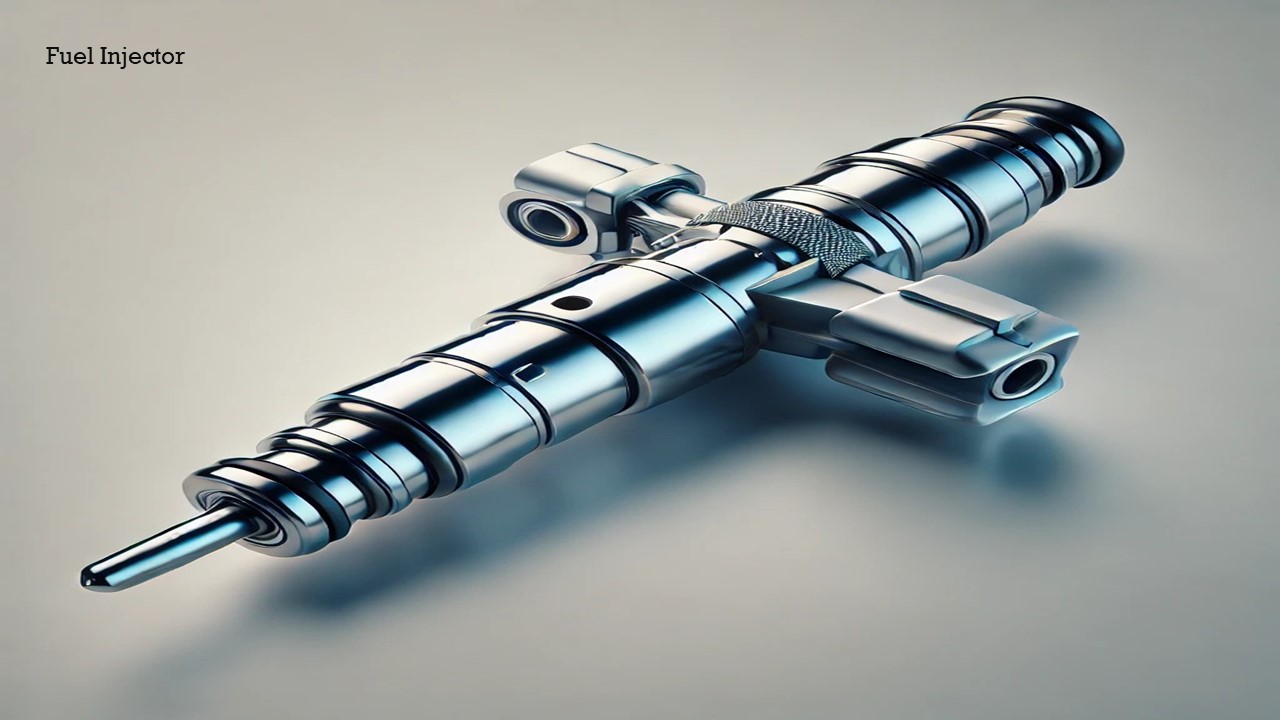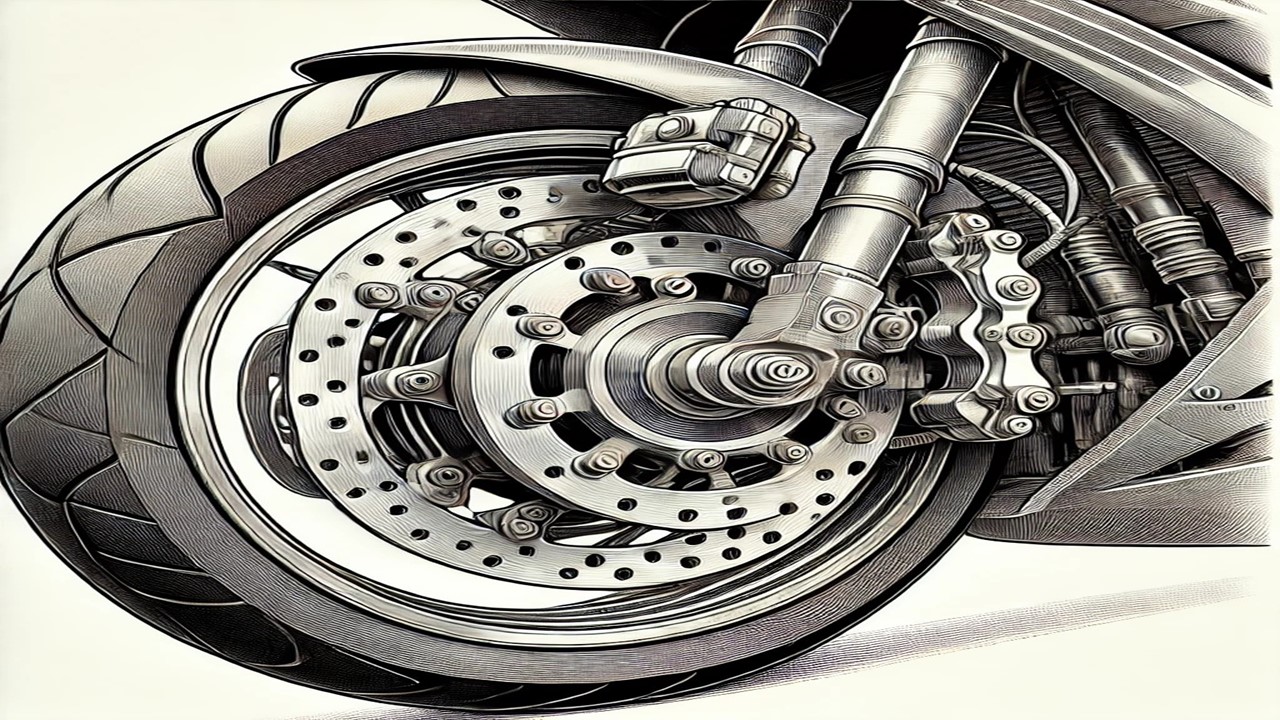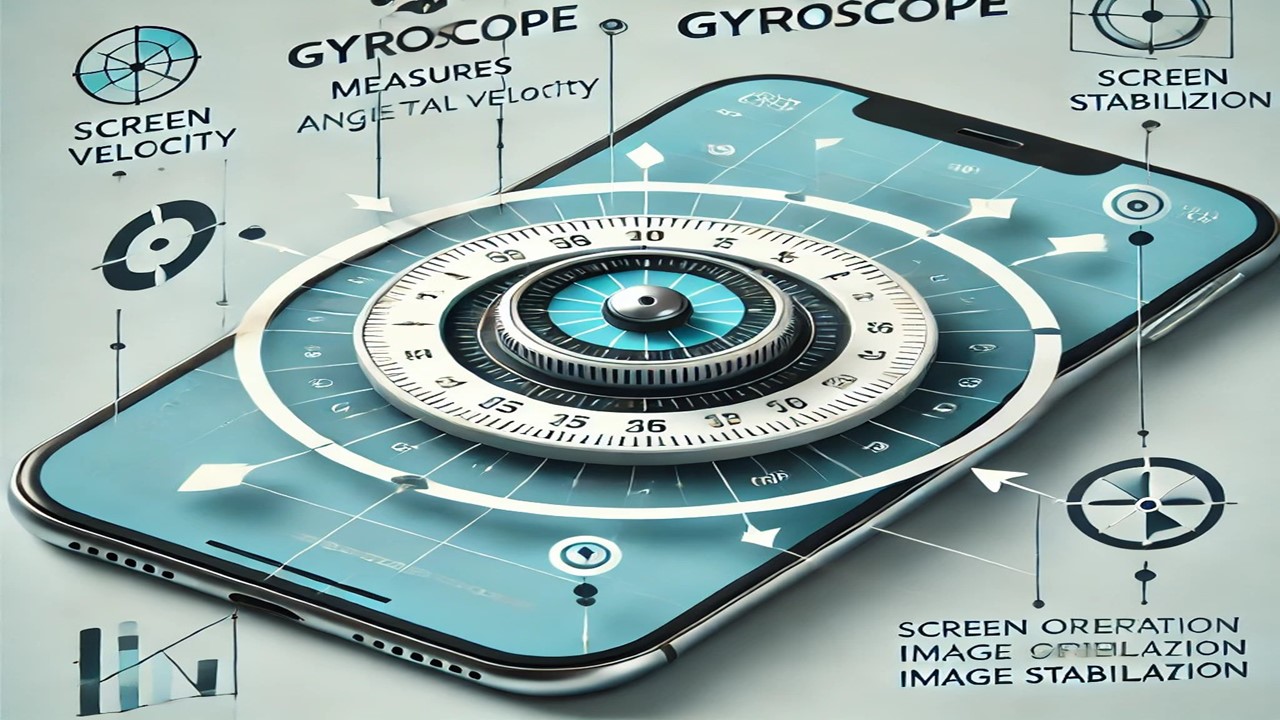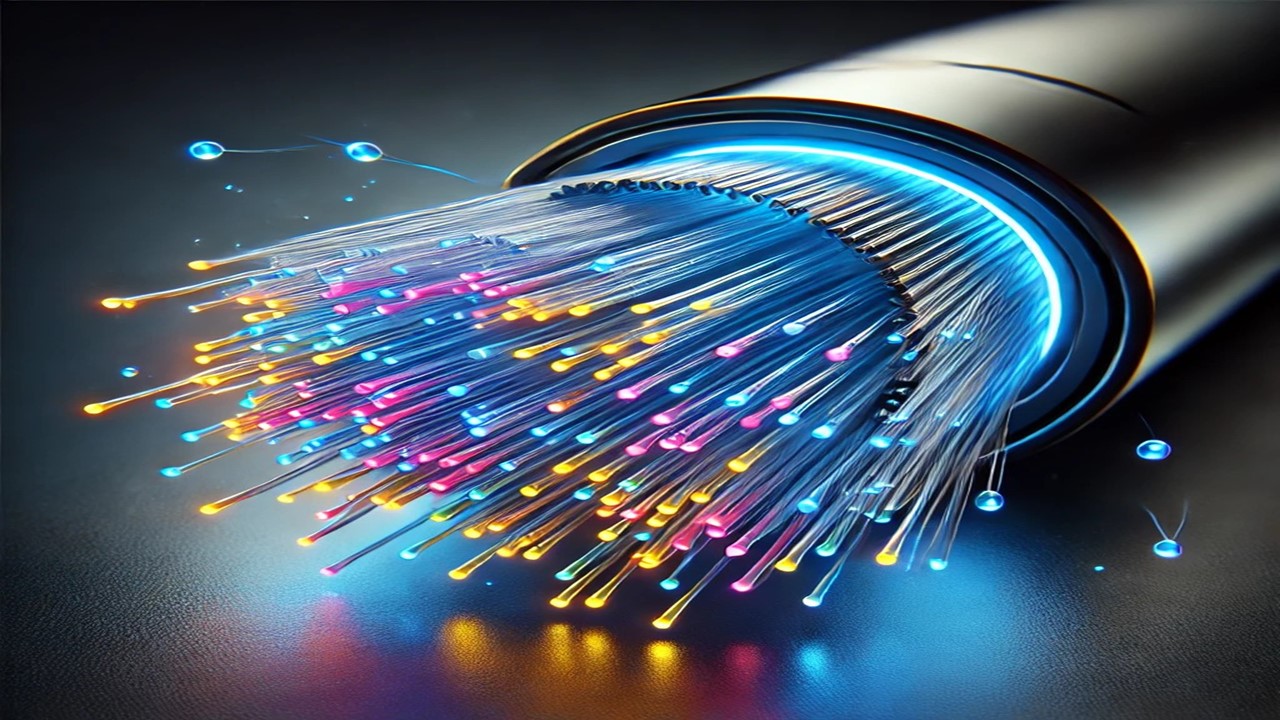
Imagine a world where electricity flows effortlessly, with no heat loss or wasted energy. A world where power grids are immune to failures, electric cars travel farther on a single charge, and buildings don’t risk fire from worn-out wires. Sounds futuristic? It might surprise you to learn that the electric wire industry is undergoing such a transformation right now. What was once a simple, static industry is becoming a hub of cutting-edge research and innovation, with technologies like superconducting materials, carbon nanotubes, and self-healing capabilities.
From global powerhouses in Europe and the U.S. to emerging leaders in India, companies are racing to revolutionize electric wires. As global demand for energy-efficient, durable wires skyrockets, it’s worth looking at what’s happening in the world of electric wire technology—and how it could reshape everything from power distribution to consumer electronics. Let’s explore this electrifying industry and see where it’s headed.
A Growing Demand: The Global Market for Electric Wires
What’s Driving Demand?
In today’s rapidly advancing world, the demand for efficient energy solutions is at an all-time high. The global electric wire and cable market, valued at around $205 billion in 2023, is expected to soar past $320 billion by 2030. This isn’t merely a trend; it’s a wave driven by sectors like renewable energy, electric vehicles (EVs), and advanced telecommunications. All of these fields require robust, high-performance wires to handle the increased power needs and reduce energy loss.
The Role of Advanced Technologies
Traditional copper wires are no longer sufficient for modern needs. Emerging technologies like superconductors, carbon nanotubes, and smart, self-repairing materials are coming to the forefront. These innovations promise to deliver electric power more efficiently, without the resistance and energy loss of older technologies. Let’s take a closer look at these transformative advancements.
Breakthrough Technologies Reshaping the Electric Wire Industry
1. Superconducting Wires: The Zero-Resistance Revolution
Imagine a wire with zero electrical resistance, allowing electricity to flow freely with no energy lost as heat. Superconducting wires do exactly that, achieving perfect conductivity under specific conditions. As a result, they offer incredible efficiency, especially for large-scale power grids and renewable energy sources. But what does this mean in real-world terms?
Applications and Benefits:
With superconducting wires, power companies could transport electricity across vast distances without any loss, making green energy more viable and reducing the need for power plants. However, these wires currently require extremely low temperatures to function, so research is focused on developing cost-effective, higher-temperature superconductors.
2. Carbon Nanotube (CNT) Wires: The Lightweight Powerhouse
Carbon nanotubes are tiny cylindrical structures that are incredibly strong and highly conductive. CNT wires are lightweight yet offer better conductivity than copper. Imagine electric cars and airplanes equipped with CNT wires, reducing weight and maximizing energy efficiency. This innovation is especially exciting for industries like aerospace and electric vehicles, where every kilogram saved can extend range and reduce fuel costs.
Applications and Potential:
CNT wires are ideal for EVs, as they could extend battery life and reduce charging time. For aerospace, CNTs allow for lighter, more energy-efficient wiring, which could pave the way for next-generation electric aircraft.
3. Self-Healing Wires: Wires That Repair Themselves
In harsh or high-stress environments, regular wires can suffer wear and tear, leading to potential power failures or safety issues. Self-healing wires contain materials that automatically repair small cuts or abrasions, extending their lifespan and reliability. Imagine a power grid immune to minor disruptions or household wiring that lasts for decades without maintenance!
Why It Matters:
Self-healing wires are crucial in fields like energy, where downtime and repairs are costly. They also enhance safety, as they reduce the risk of electrical fires in buildings.
Top International Companies Leading Electric Wire Innovations
The race to bring these technologies to market involves some of the biggest names in the industry, each pushing the limits of what electric wires can do. Here’s a look at the companies driving these advancements:
- Prysmian Group (Italy): With annual revenues over €12 billion, Prysmian is heavily invested in superconducting technologies, focusing on renewable energy infrastructure.
- Nexans (France): Generating €6 billion annually, Nexans is developing energy-efficient, superconducting cables for global projects, reducing energy waste across continents.
- Southwire Company (USA): With revenues near $5.5 billion, Southwire’s focus on carbon nanotube research is aimed at creating next-gen wires for electric vehicles and aerospace.
- Sumitomo Electric Industries (Japan): This tech leader, with $30 billion in revenue, pioneers self-healing and superconducting wires, positioning itself as a top innovator in reliable energy distribution.
Indian Companies Driving Innovation in Electric Wires
India’s rapid growth in infrastructure, renewable energy, and EV adoption makes it a major player in the electric wire market. Indian companies are investing in cutting-edge research to produce eco-friendly, high-performance wires. Let’s explore some of the local leaders:
Polycab India Ltd.
- Revenue: ₹12,000 crore
- Focus: Polycab is exploring advanced insulation materials, lightweight wires for solar projects, and high-voltage solutions tailored for India’s EV infrastructure.
KEI Industries Ltd.
- Revenue: ₹6,500 crore
- Focus: Known for its energy-efficient cables, KEI is developing durable, eco-friendly products that support India’s expanding power and oil & gas sectors.
Finolex Cables Ltd.
- Revenue: ₹4,000 crore
- Focus: Finolex is focused on fiber optics for telecommunications, weather-resistant materials for varied climates, and wiring solutions for energy-efficient buildings.
RR Kabel Ltd.
- Revenue: ₹2,500 crore
- Focus: Specializing in fire-resistant, eco-friendly cables, RR Kabel is well-positioned to support India’s infrastructure growth with products that meet stringent safety standards.
Investment Potential in the Electric Wire Industry
For investors, the electric wire sector is more than just a utility; it’s an opportunity for long-term growth. With the rise of green energy, smart cities, and electric vehicles, companies that can produce high-quality, energy-efficient wires are poised to see substantial demand. Indian companies like Polycab, KEI, Finolex, and RR Kabel are not only meeting local needs but also expanding to global markets, making them compelling investment options. These firms are innovating in everything from fire safety to eco-friendly materials, setting themselves up as key players in a high-growth industry.
A Wired Future of Efficiency and Sustainability
As global and Indian companies continue to innovate, the electric wire industry will play a critical role in advancing our energy needs. From superconductors to self-healing technology, these advancements aren’t just enhancing power delivery—they’re paving the way for a more energy-efficient, sustainable world. For investors, this shift represents a high-potential sector; for consumers, it promises a safer, more reliable future powered by invisible yet essential technologies.
The electric wire industry is electrifying, and the future is now.

































































